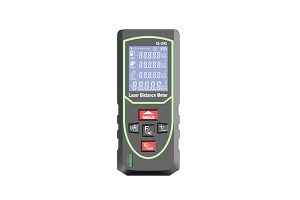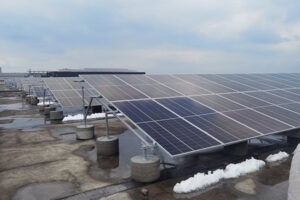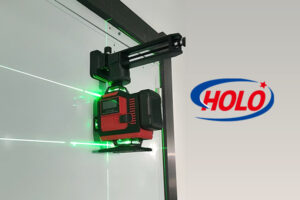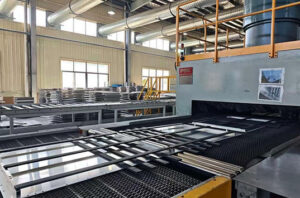The core differences between green light distance meter and red light distance meter lie in three aspects: wavelength characteristics, performance parameters, and application scenarios. Green light (520-532nm) offers higher visibility and long-distance measurement capability, while red light (630-680 nm) excels in low cost and high stability.
Core Performance Differences
Wavelength and Optical Characteristics
– Green light: With a wavelength of 495-570 nm (typically 532 nm), it is close to the peak of human eye sensitivity. The Rayleigh scattering effect is prominent, and its outdoor visibility can reach 5-8 times that of red light.

– Red light: With a wavelength of 620-750 nm (typically 635/650 nm), it undergoes relatively strong atmospheric scattering, and its contrast decreases significantly under strong light.
Comparison of Ranging Capabilities
– Green light: The measurement range can reach 200-1000 meters (for high-end models), with an accuracy error of ±1-3 mm, and it has excellent vegetation penetration.
– Red light: The effective ranging distance is usually <50 meters, with an accuracy error of ±2-5 mm, and it is mostly used for indoor or short-distance measurement.
Energy Conversion Principle
– Green light: It needs to be generated by converting infrared light through frequency doubling via an Nd:YAG crystal, with an energy loss of approximately 35% and a relatively large device size.
– Red light: Emitted directly by a semiconductor laser diode, it has a simple structure and requires no secondary conversion.
Division of Application Scenarios
Application Scenarios for Green Light
– Construction site layout (outdoor strong light environment)
– Forest resource surveying and mapping (vegetation penetration requirement)
– High-altitude operation positioning (long-distance and high-precision requirements)
Application Scenarios for Red Light
– Indoor decoration measurement (short-distance and low-cost scenarios)
– Teaching demonstration equipment (safe power requirement)
– Auxiliary aiming system (cooperating with other ranging modules)
Comprehensive Advantage and Disadvantage Evaluation
Advantages of Green Light
– 50% longer visible distance in sunlight environment
– Stronger ability to capture reflected signals from rough surfaces
– Supports high-frequency pulse mode (above 1000 Hz)
Advantages of Red Light
– Stable performance in low-temperature environments (operating temperature: -20℃~60℃)
– 40% lower power consumption during continuous operation
– Failure rate 30% lower than that of green light devices
Common Limitations
Direct eye exposure must be avoided (green light: Class 3R safety level; red light: Class 2 safety level). Both may experience signal attenuation when measuring dark-colored objects.





